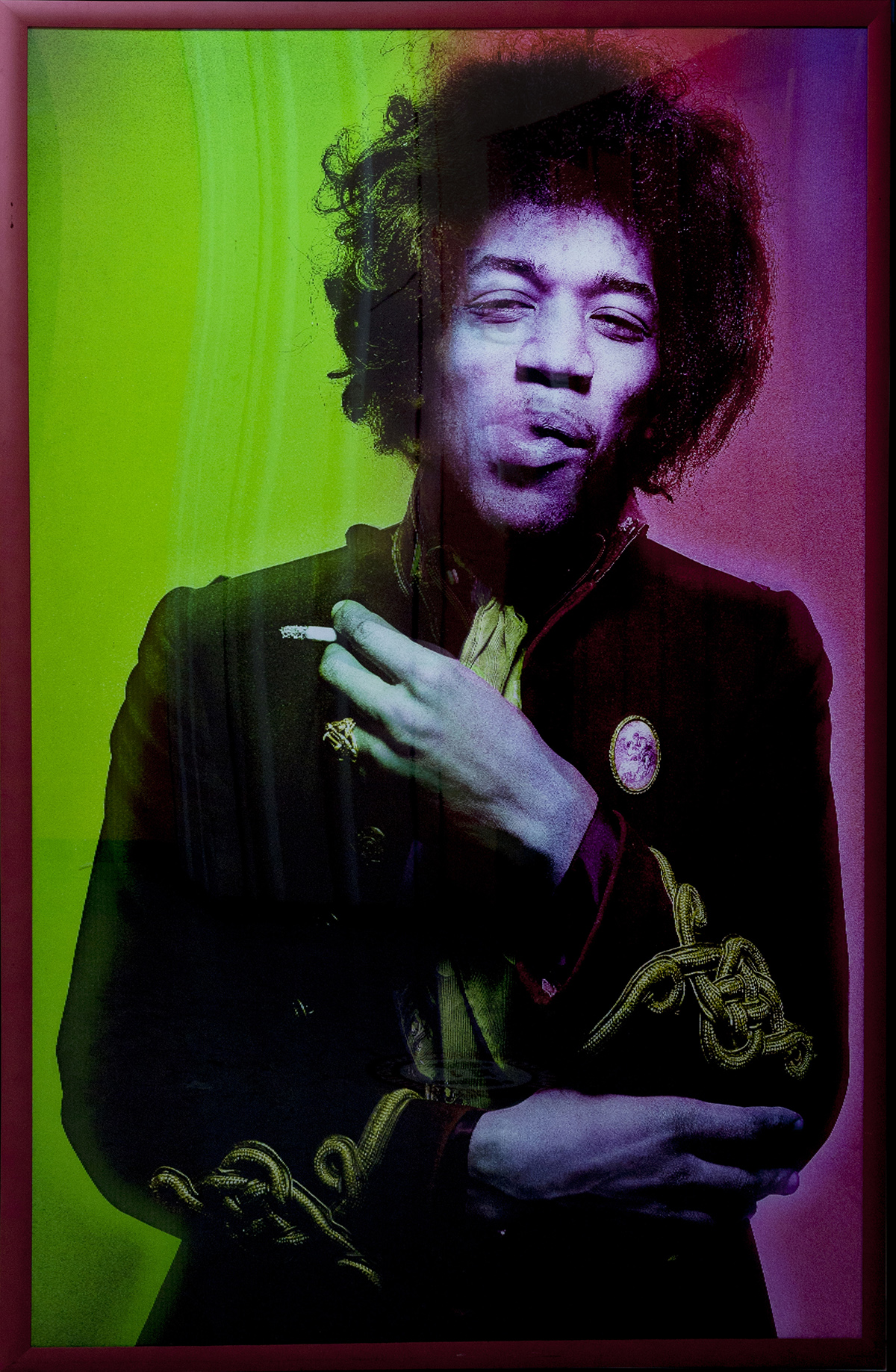
Jimi Hendrix, London, 1967, Gered Mankowitz
With many national lockdowns reinstated across the globe, the majority of this year’s festive shopping is taking place online. Launching her new monthly column for LUX, artnet’s Vice President of Strategic Partnerships Sophie Neuendorf discusses the benefits of buying and gifting art remotely

Sophie Neuendorf
Nothing is more enduring or powerful than a work of art. Throughout history, it has been artists who have documented the zeitgeist, from religious convictions to frivolous fêtes or times of social unrest and upheaval. It is also always artists who push boundaries and promote an atmosphere of tolerance and peace.
Follow LUX on Instagram: luxthemagazine
Especially now, at a time when we’re all forced to be secluded and are closing our houses and boarders, art has the power to open up a cross-cultural exchange and bring hope and light into our homes and our hearts. What’s more, art has the potential to provoke important discussions around current issues such as religion, gender, race, and politics. With the recent presidential election, and the ongoing Black Lives Matter, and Me Too movements, these topics will remain very current leading into this year’s holiday season.
For many of us, the holiday season is one of the most wonderful times of the year. 2020, however, is confronting us with unprecedented new challenges, and also an element of sadness and caution. Many of us will not be able to visit our grandparents; some of us won’t be able to travel home for the holidays; and a few of us will have suffered the loss of a family member or friend this year.
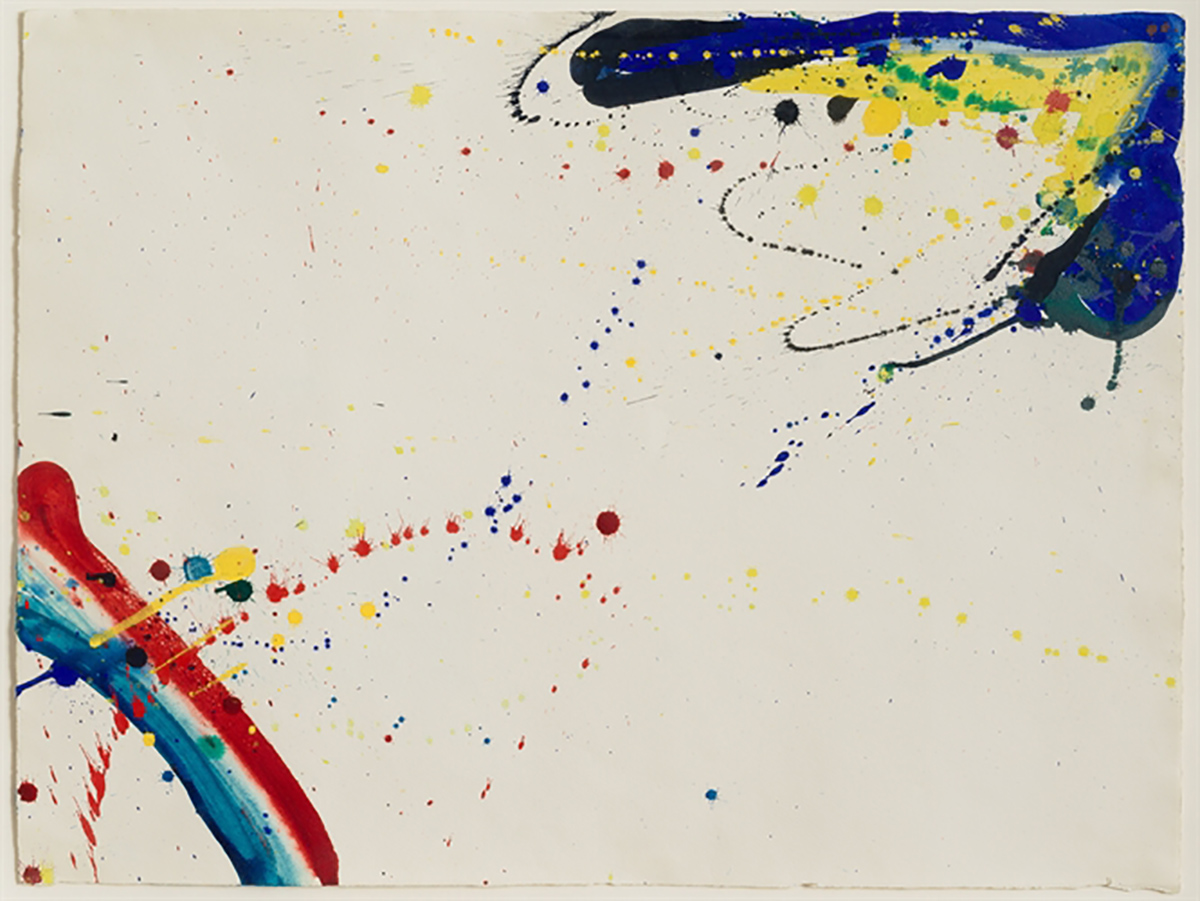
Untitled, 1964, Sam Francis
So, the question is: how do we celebrate the holidays pandemic style? By surprising our loved ones with witty, thoughtful gifts to make them happy for months, and years to come! Thanks to online technology it has never been easier to buy and ship directly, allowing us to get into the spirit of giving without the anxiety of social distancing.
Whilst sites such as net-a-porter.com and matchesfashion.com provide excellent browsing material, why not try something new this year and invest in an artwork? Buying art online isn’t as complicated as it might seem. Although the art market has been slowly moving online over the past few years, the coronavirus pandemic has accelerated this transition. Now, with the help of cutting-edge technologies such as AR or VR, you’re able to visualise an artwork within a room and to scale, to ensure that the piece you love is perfect for your home. You can also chat with a specialist throughout the research and bidding process.
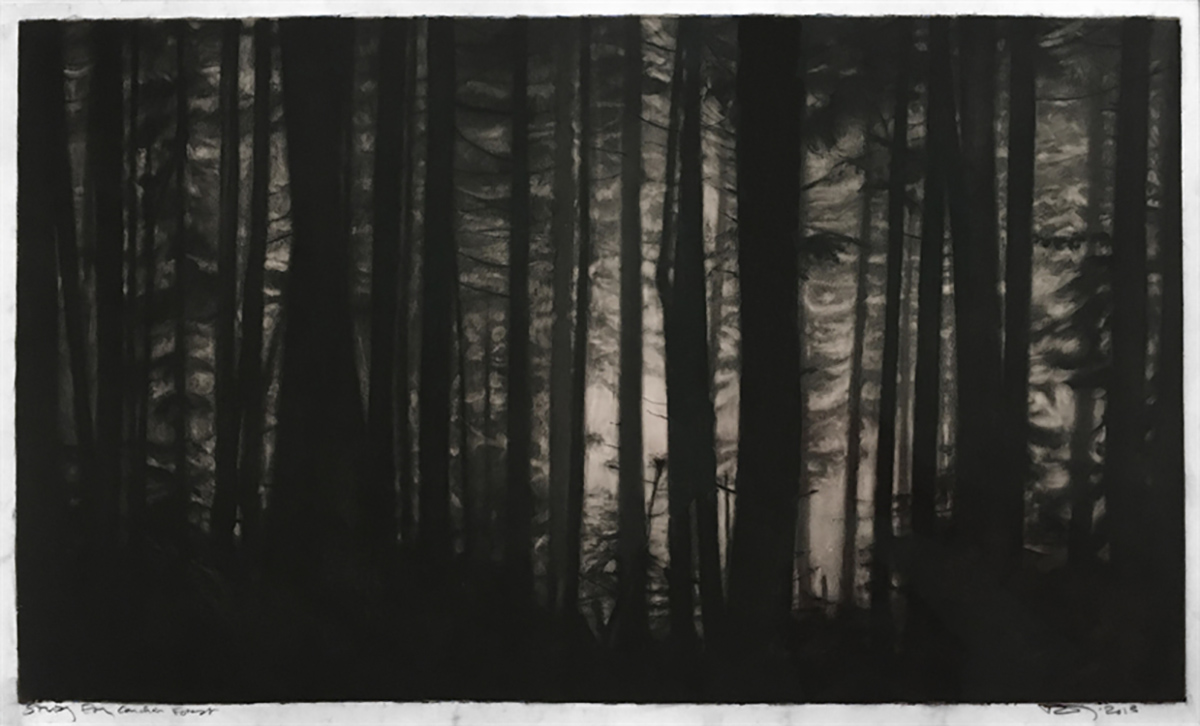
Study for Canadian Forest, Robert Longo
At artnet, for example, we offer a range of ongoing auctions which you can browse and bid at leisure from the comfort and safety of your home. From David Hockney to Richard Prince and KAWS, from Modern & Contemporary fine art to photography or abstraction, you’ll be spoilt for choice. It takes two minutes to register and then, you’re ready to go. Once you place a winning bid, your funds will be safely held by artnet in escrow until you or your loved ones receive the artwork in a perfect condition. And yes, there’s a returns policy. Now go ahead and treat yourself or someone else!
Sophie’s 5 top tips for buying art online:
1. Learn how to recognise quality and prioritise it over everything.
It’s much better to own one great artwork than five mediocre works. The beauty of bidding online is that it removes the time pressure of a live auction room. Take your time to browse, choose, and place your bid on that one piece you love.
2. Be patient and wait until a work of high quality within your budget comes up for sale. Then be prepared to act decisively and quickly. Don’t get discouraged if you miss out or end up being outbid; the next opportunity is always around the corner.
3. Study prices and the market extensively so you can spot good deals when they come up. At artnet, we have the art market’s most extensive and trusted price database, which is an excellent research tool. If you don’t have time, get advice from one of our specialists who are very happy to help, or work with a reputable advisor.
4. Take transaction costs into account prior to bidding. Buyer’s premium, shipping, insurance, taxes and duties can add significant costs to your acquisition. We can calculate all that for you at artnet.
5. Enjoy yourself. Art collecting is excellent fun!
Browse artnet’s current auctions via artnet.com/auctions
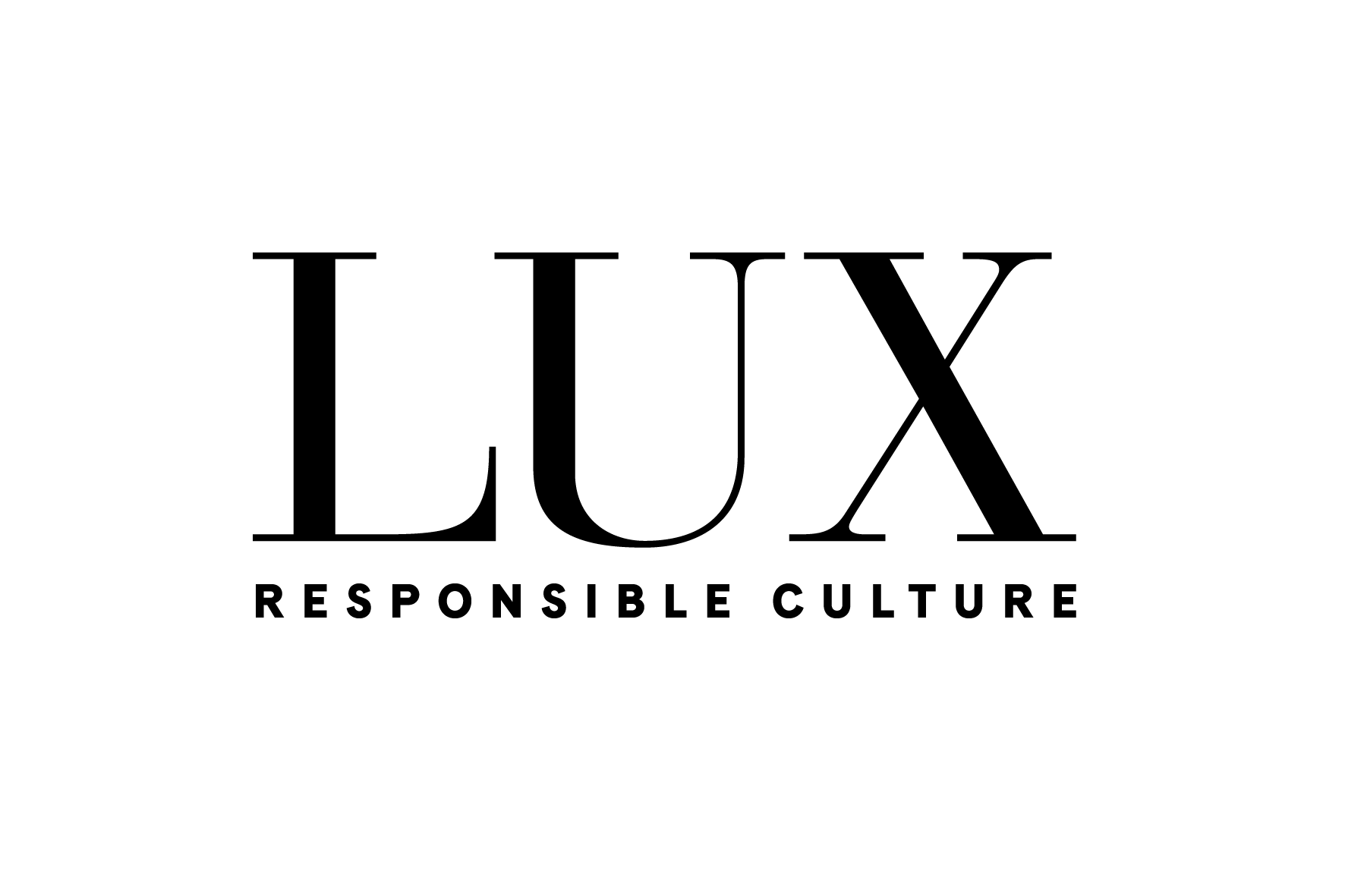





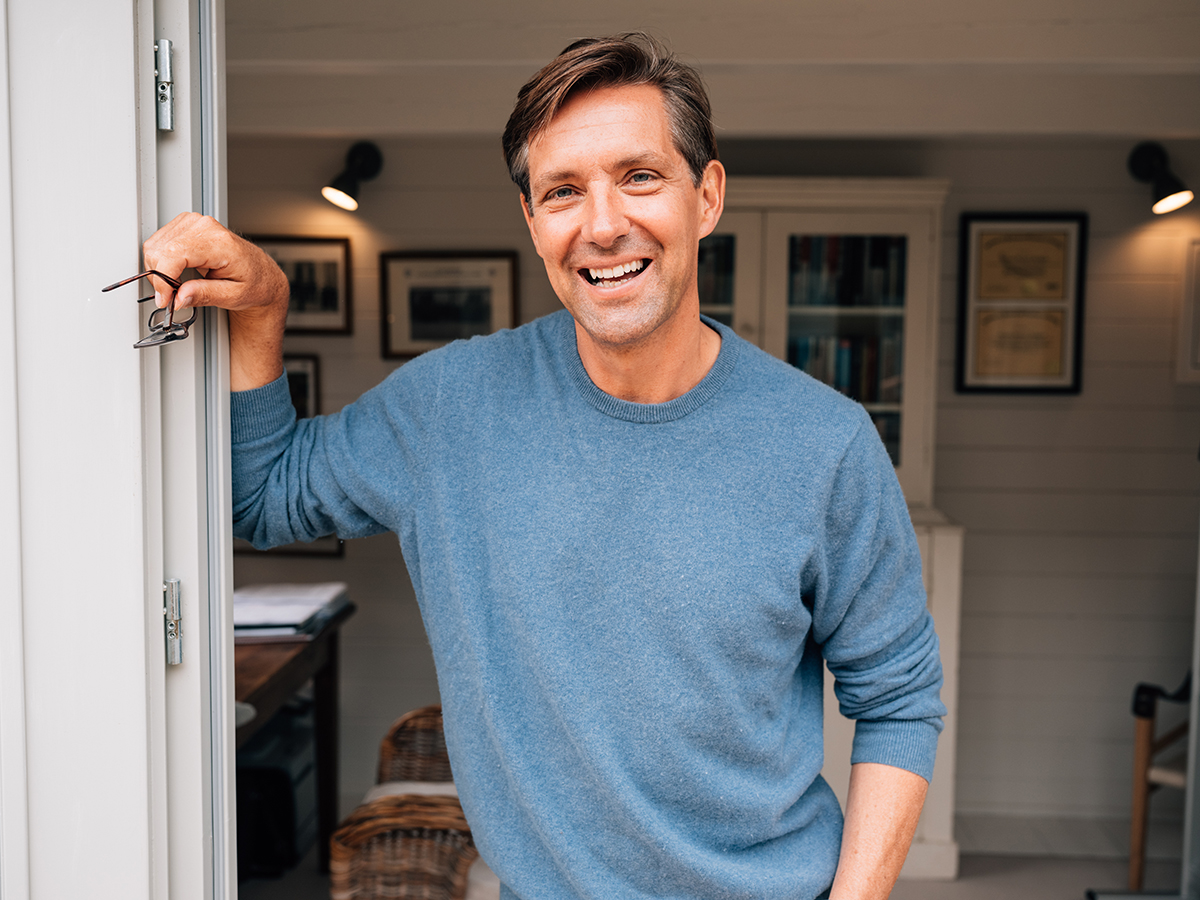
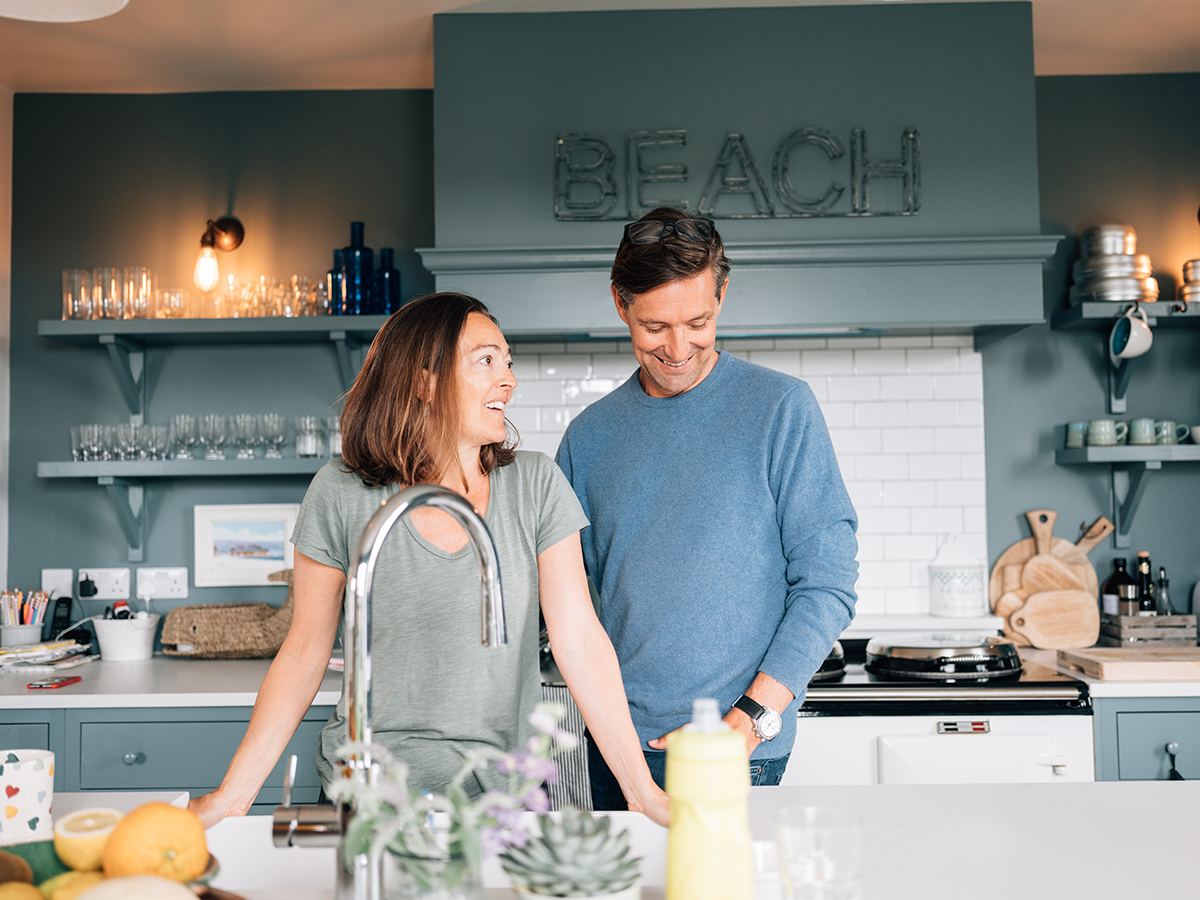
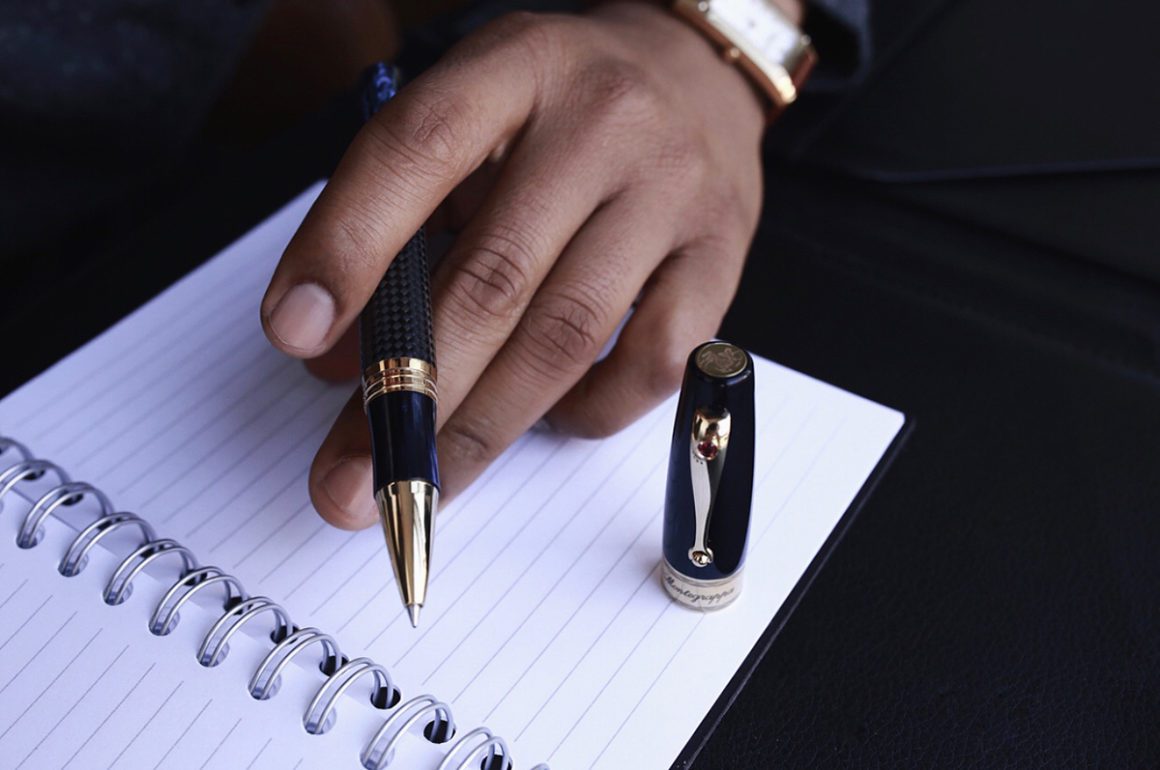
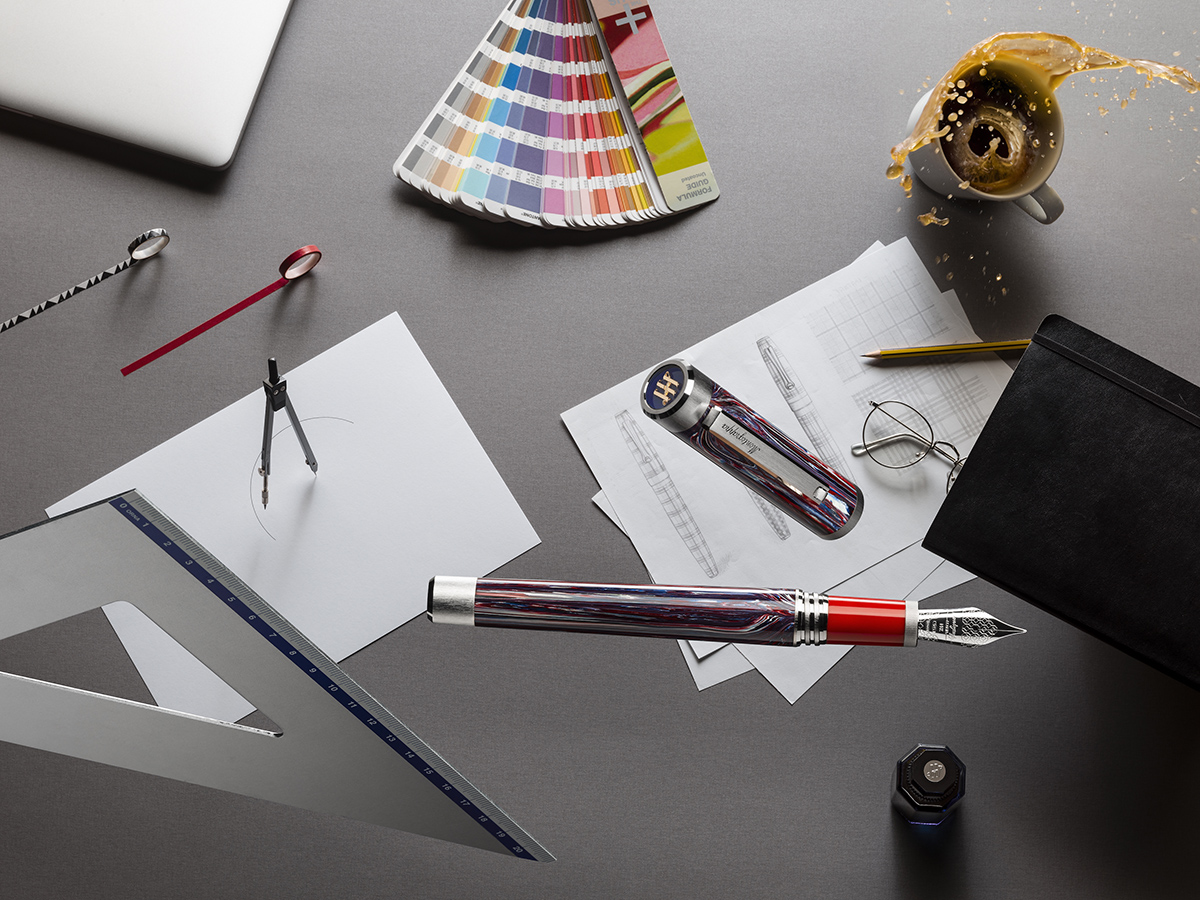

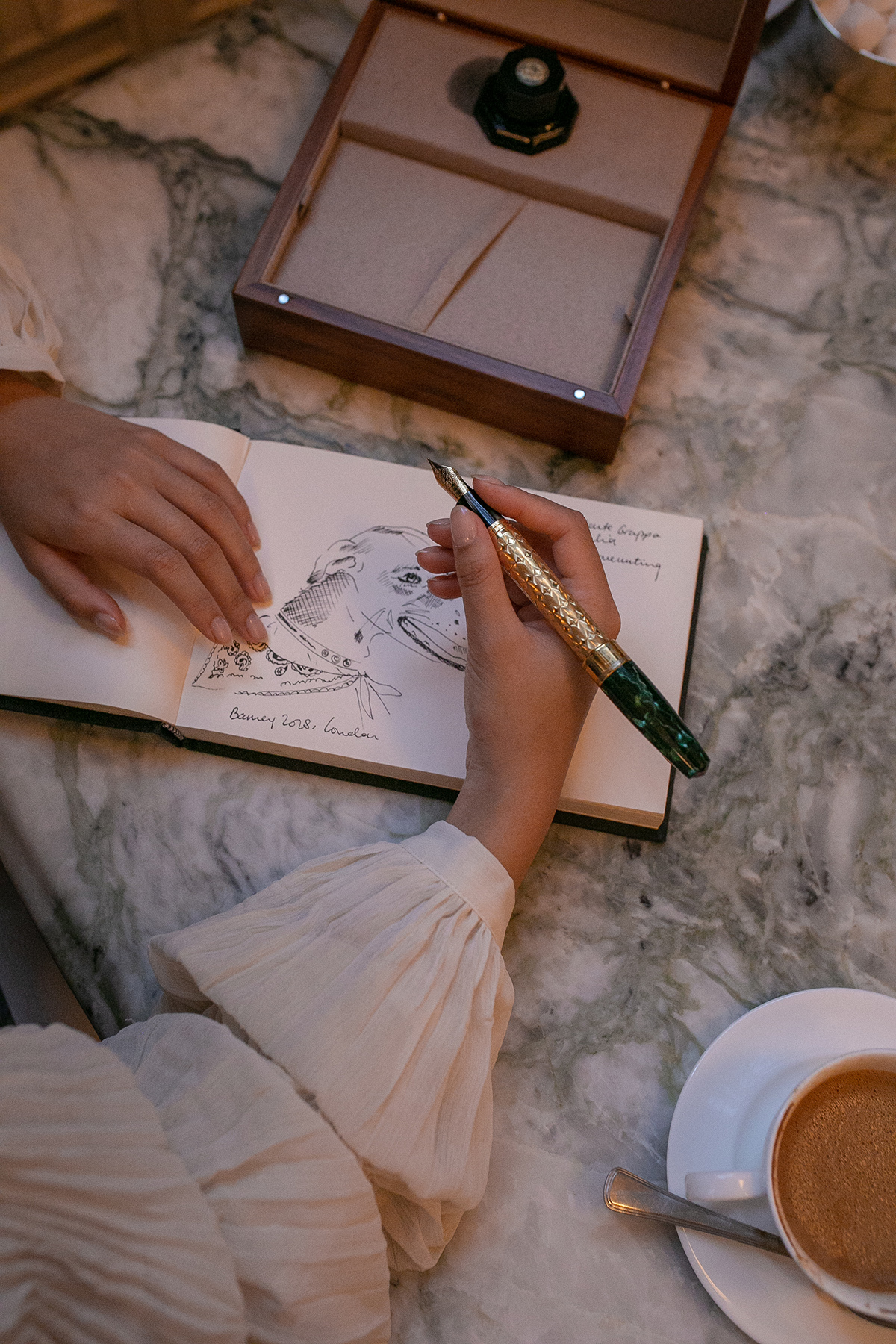
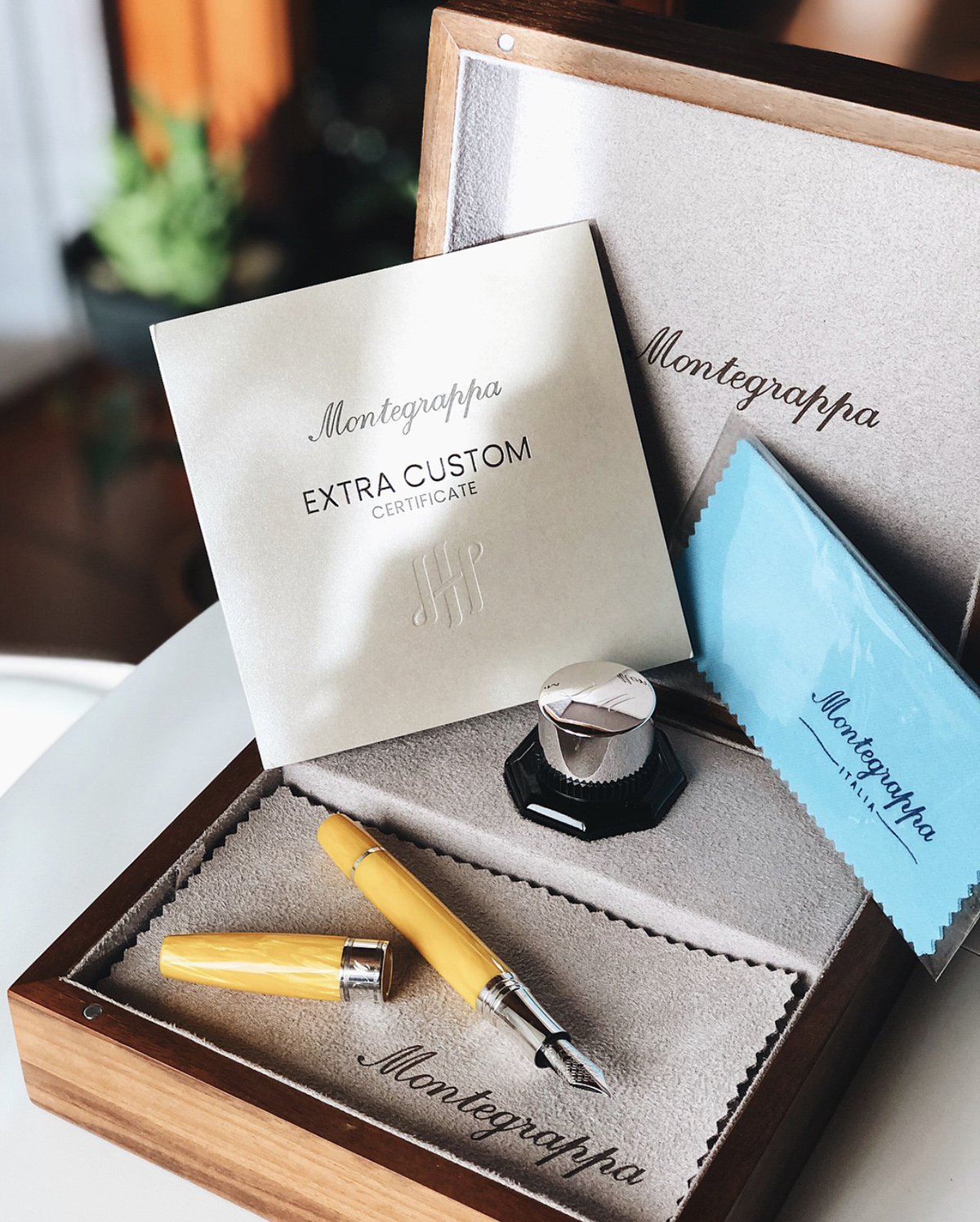
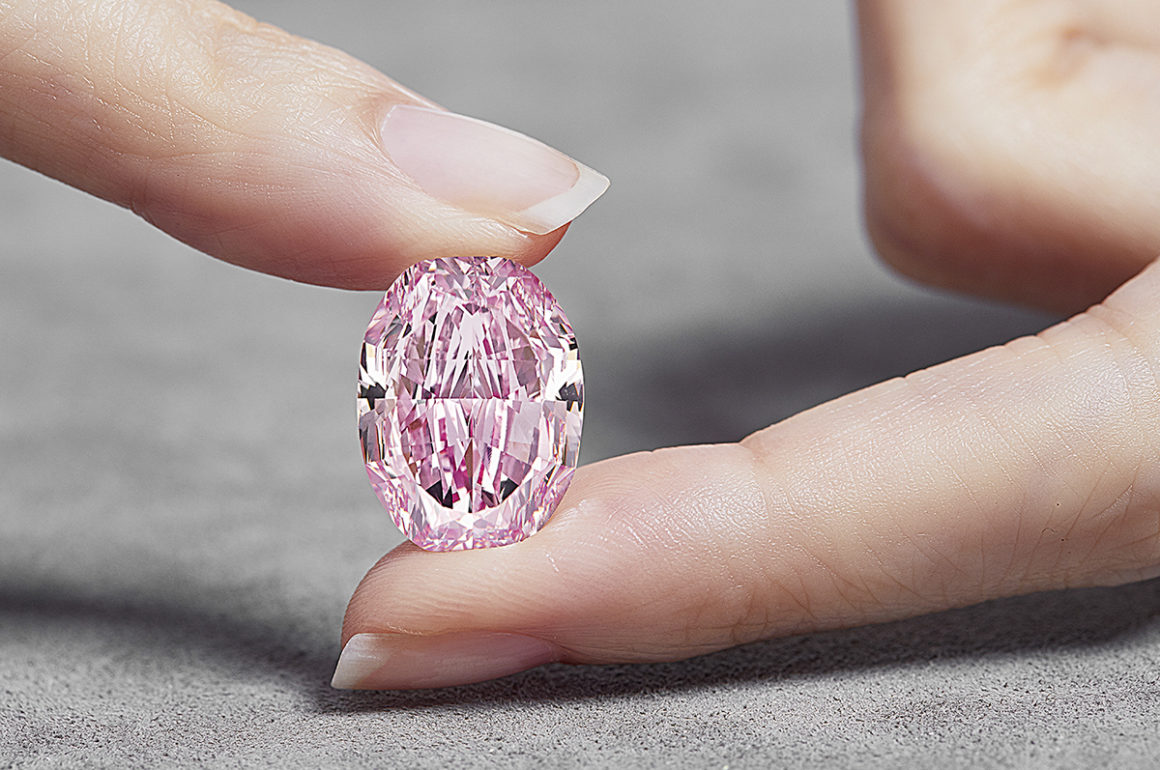
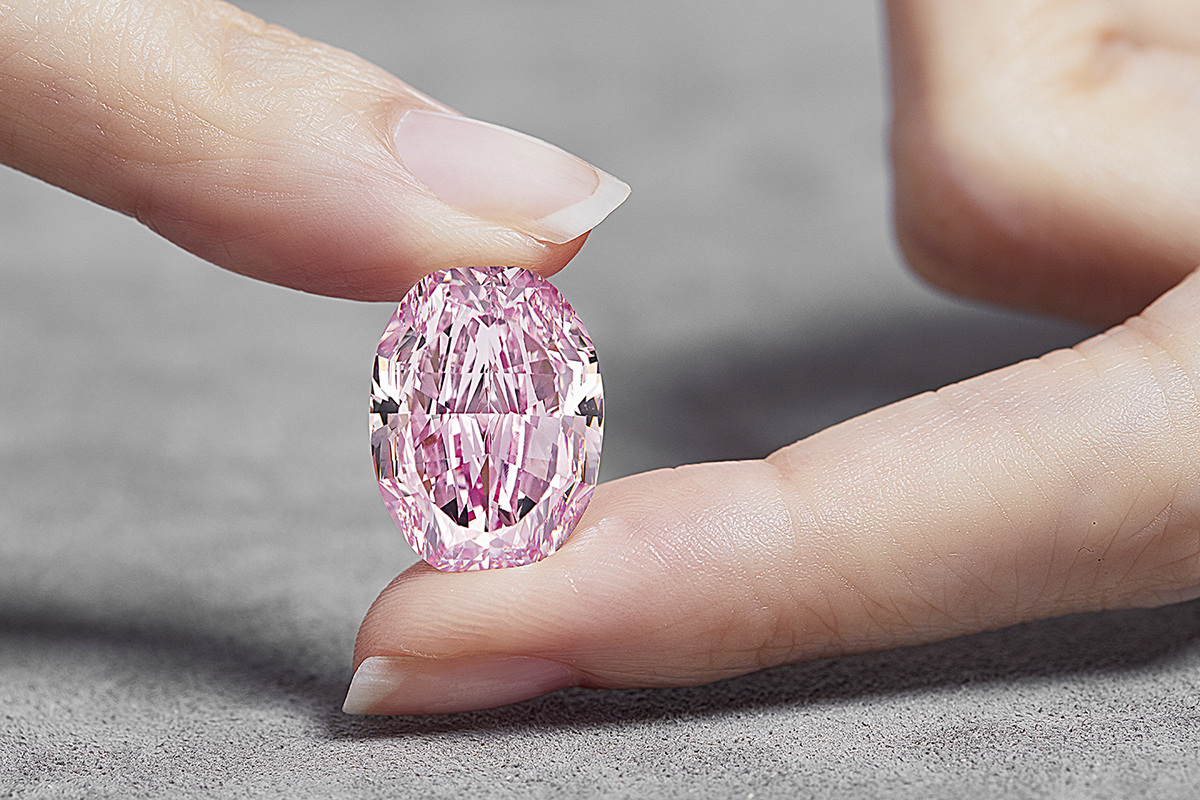


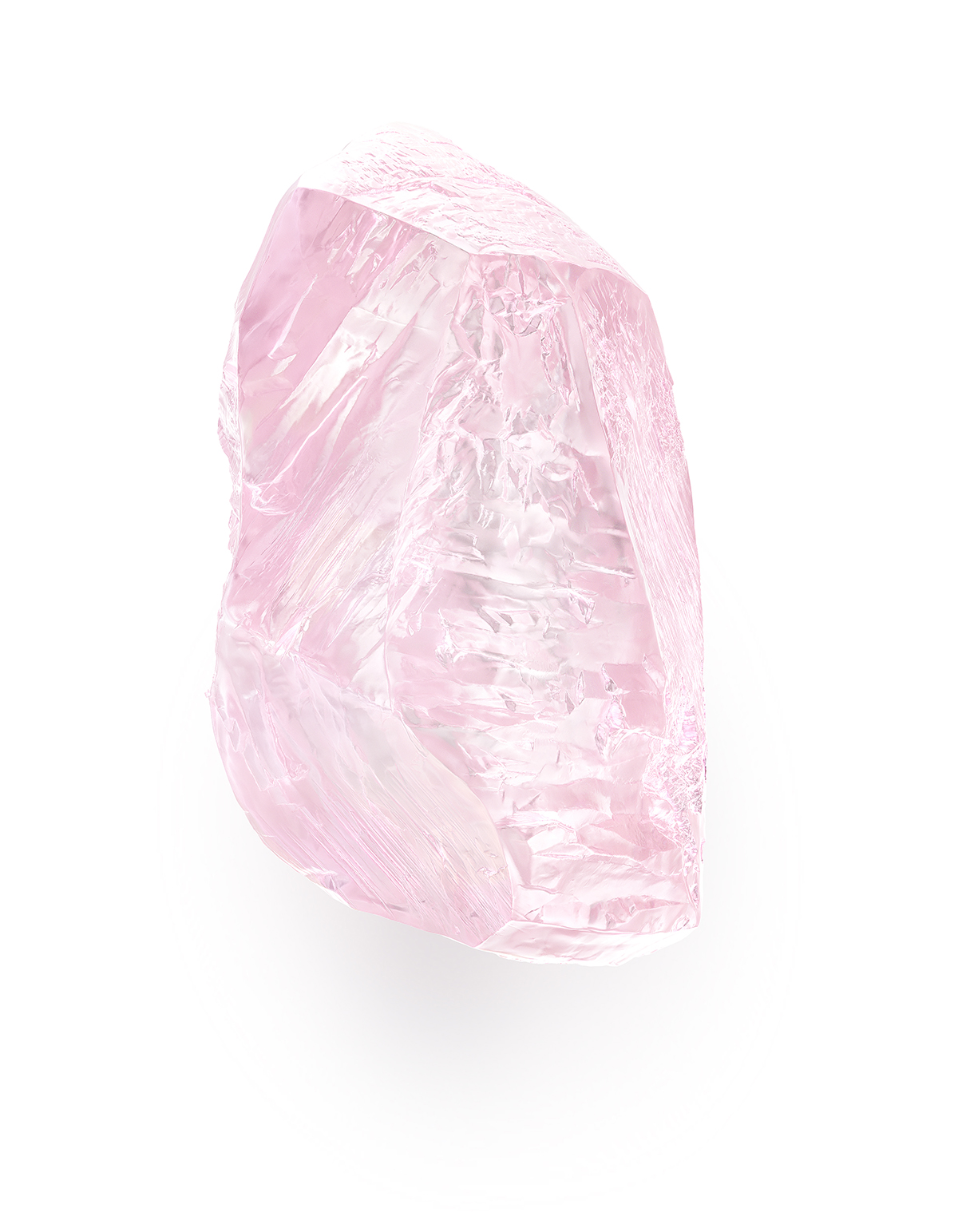

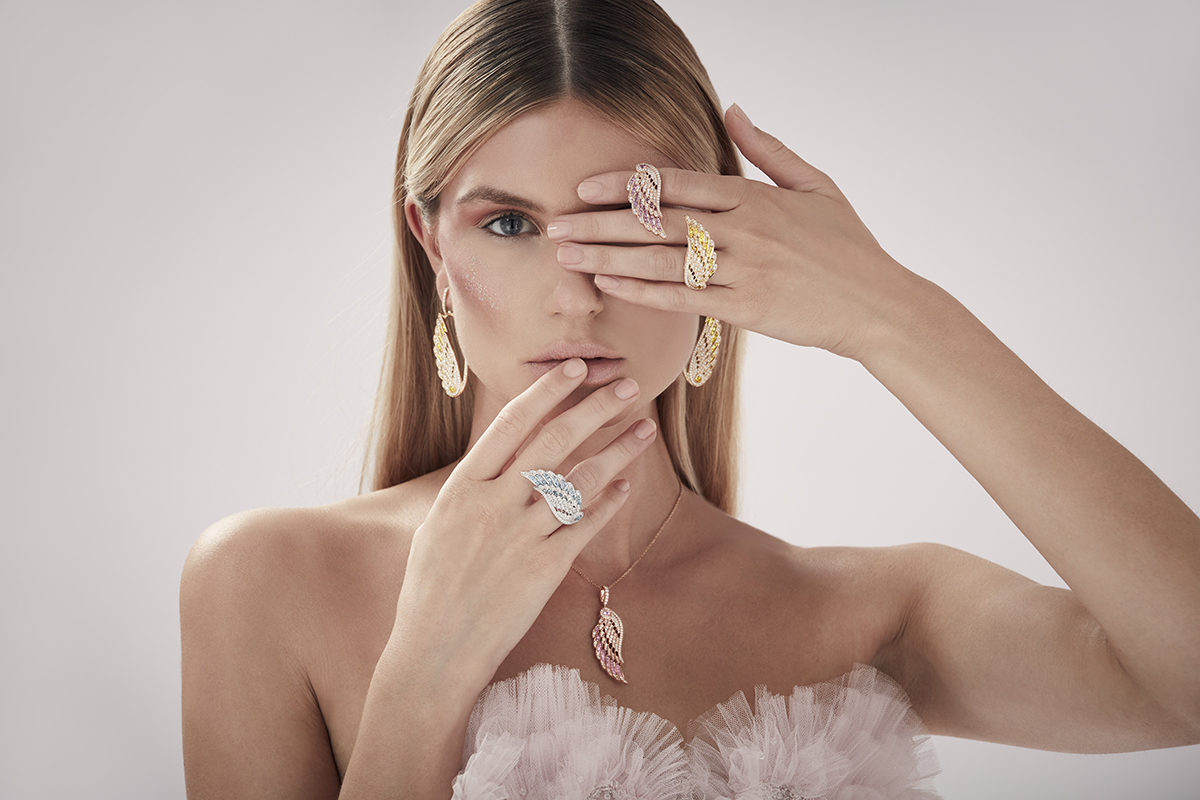
 1. What first drew you to the world of PR and specifically, the luxury industry?
1. What first drew you to the world of PR and specifically, the luxury industry?

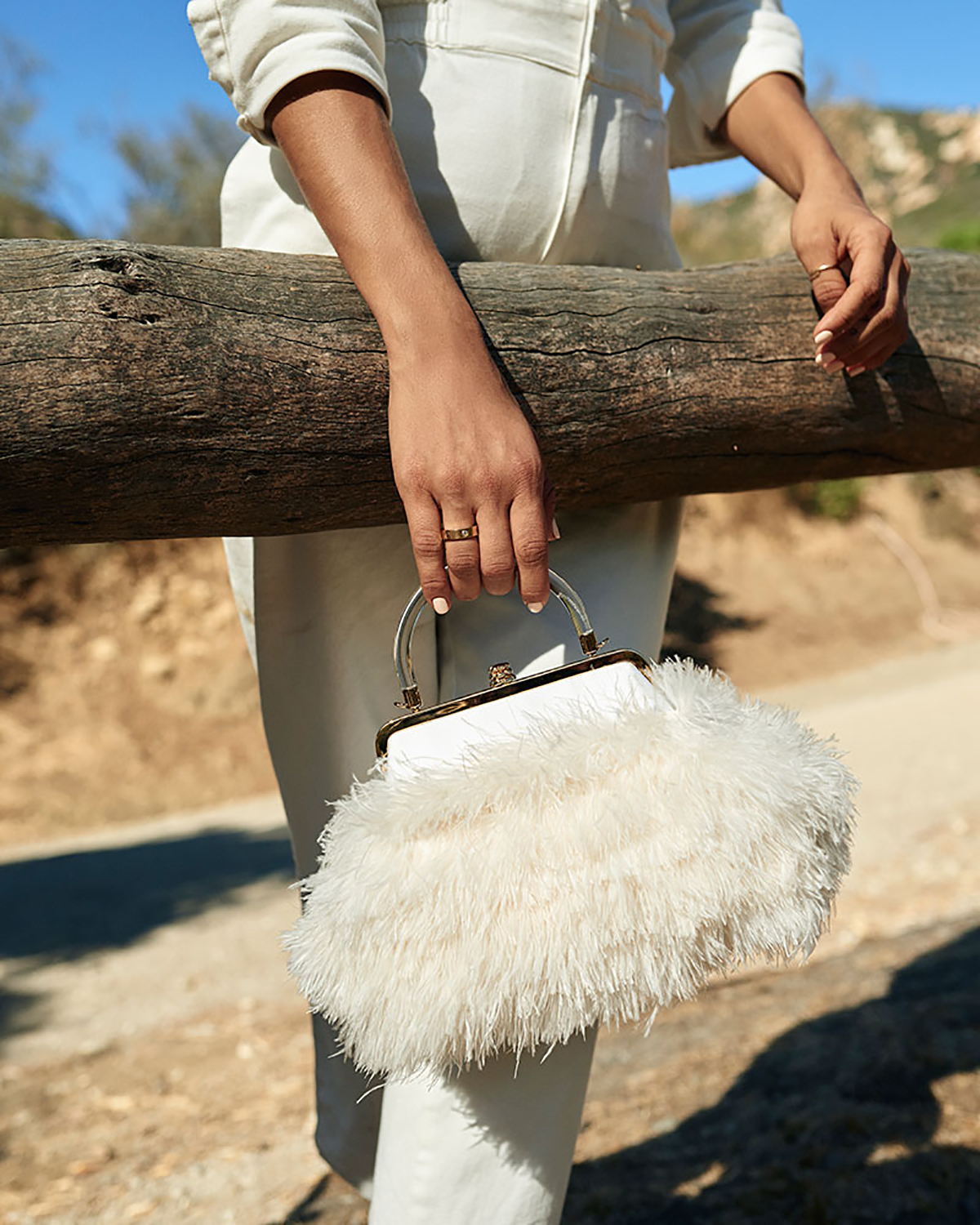


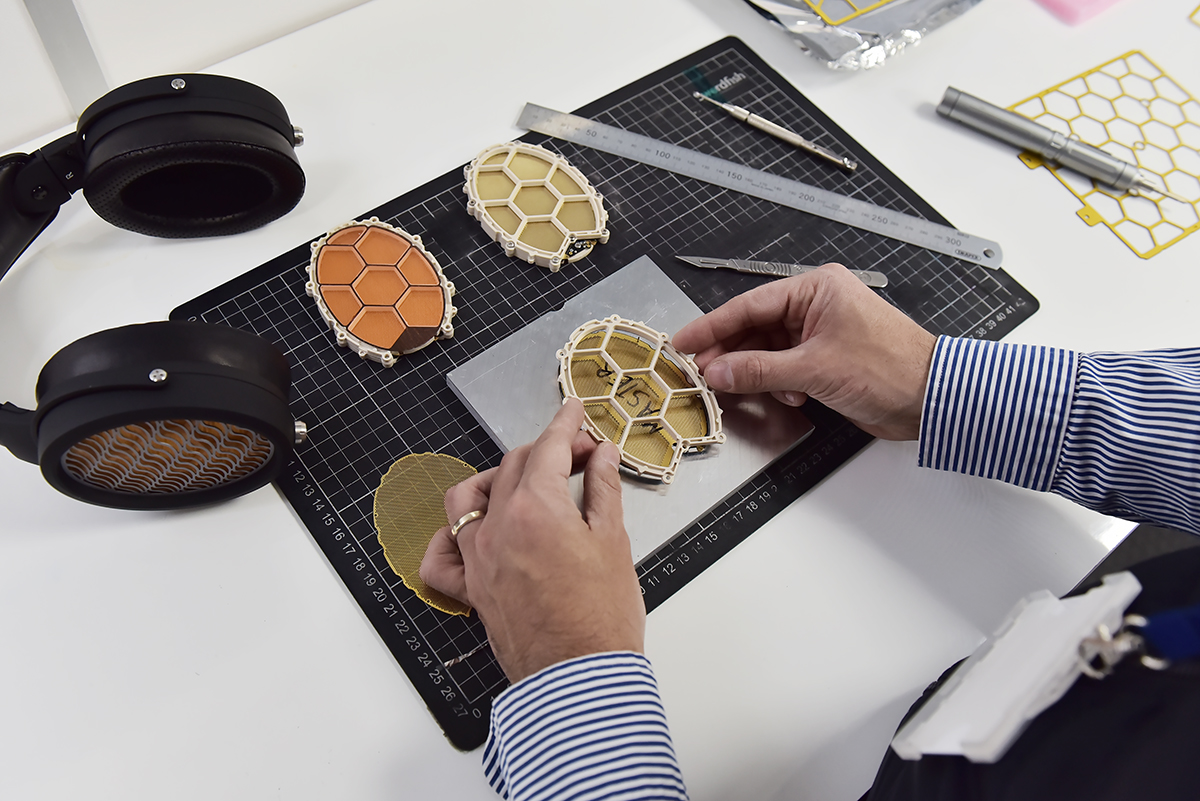





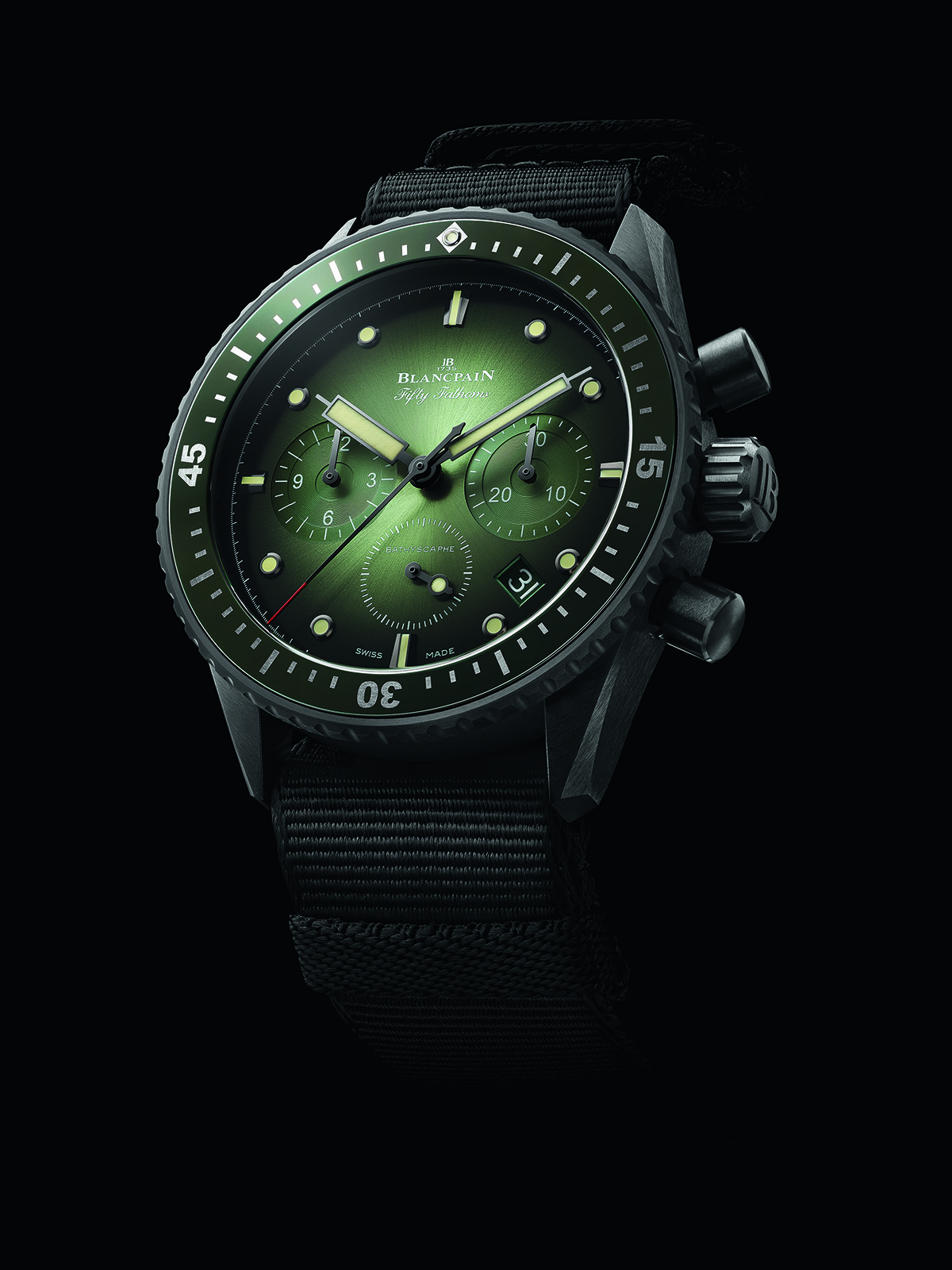
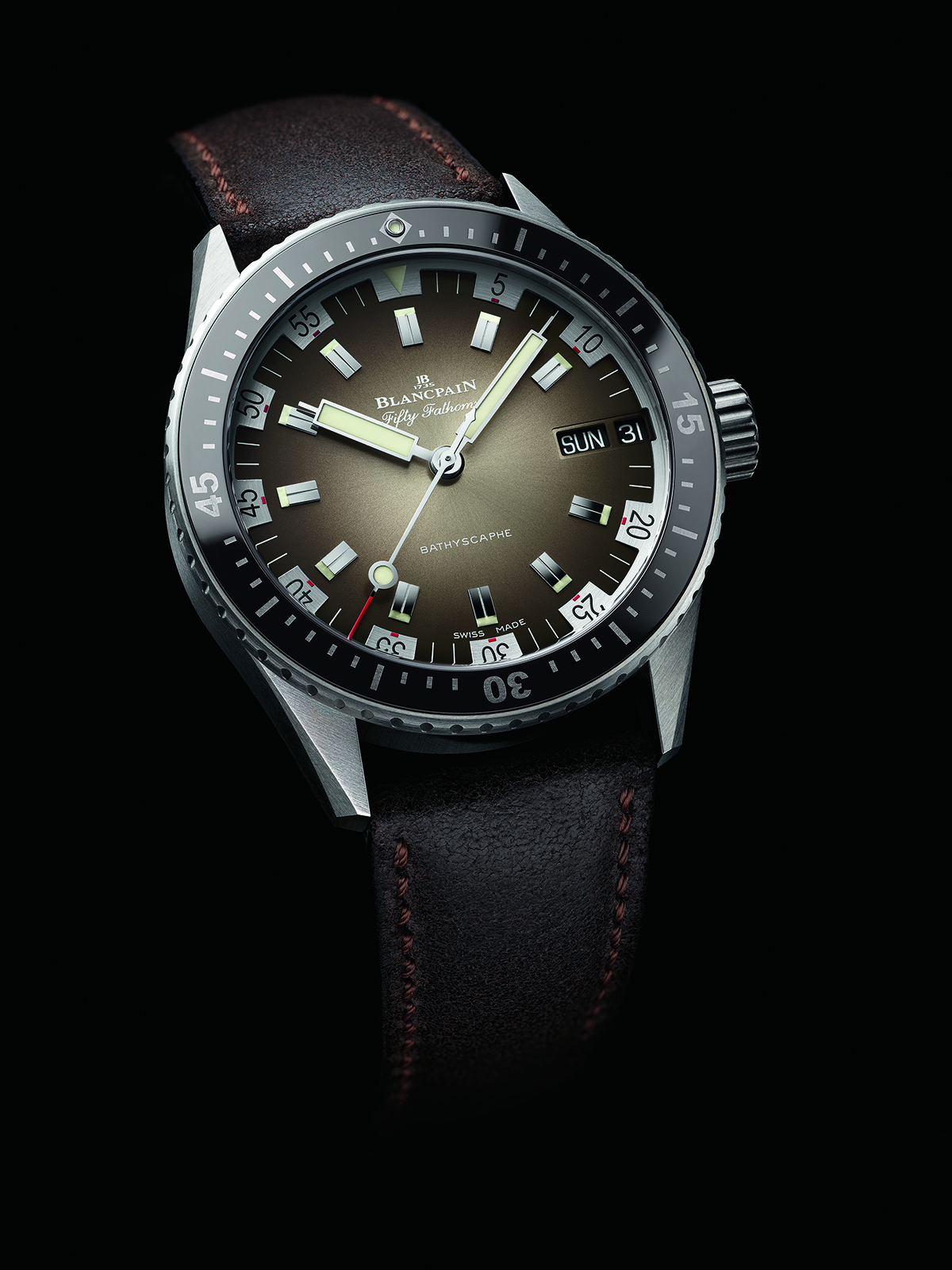
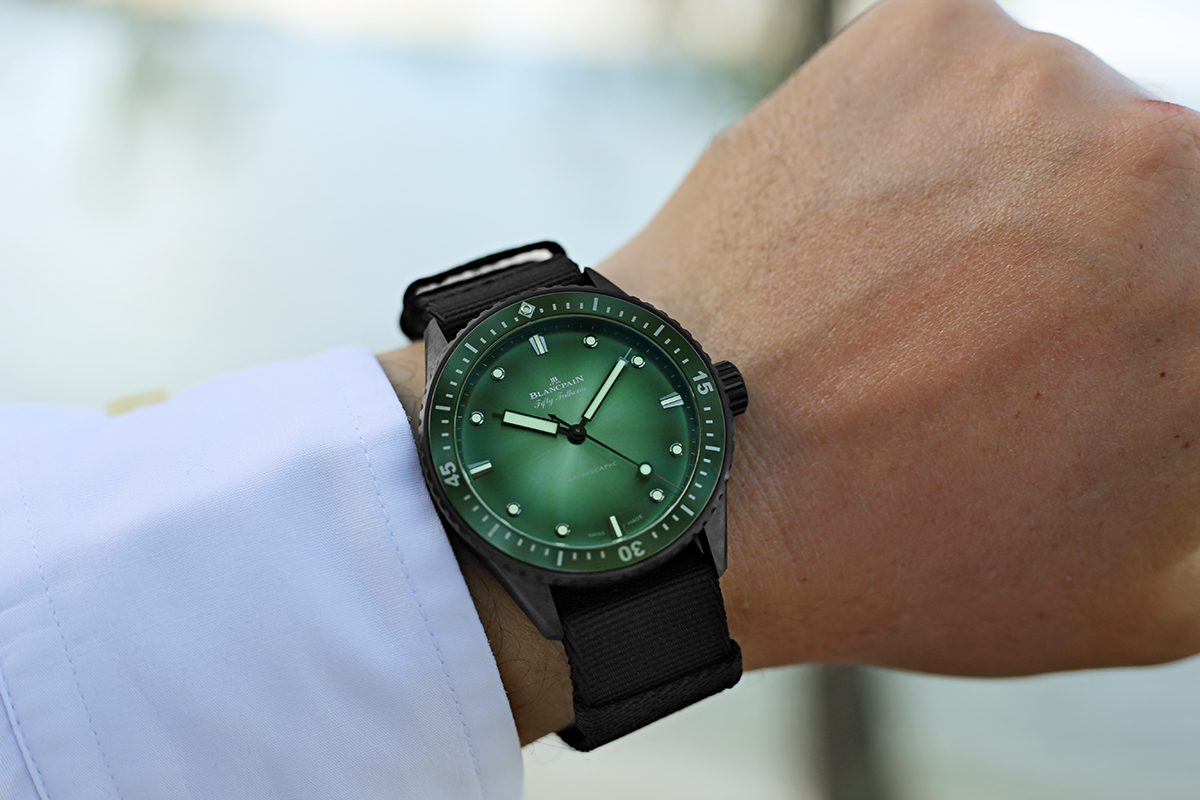

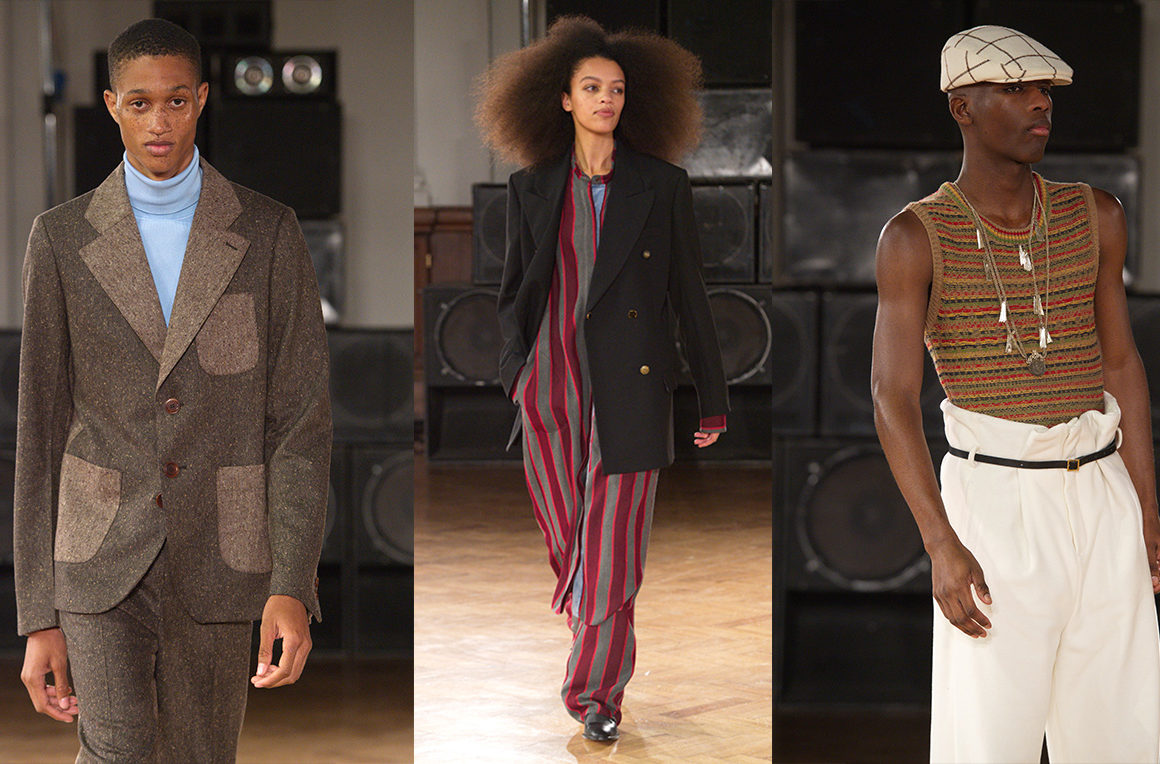
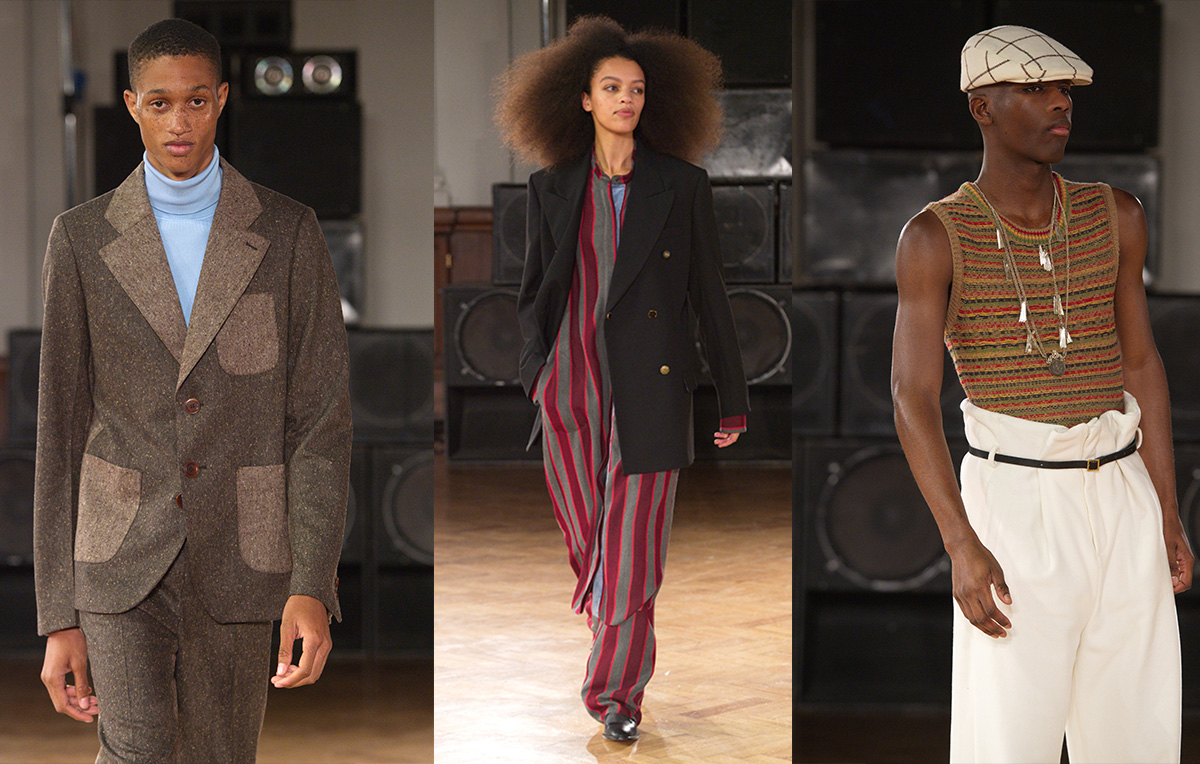
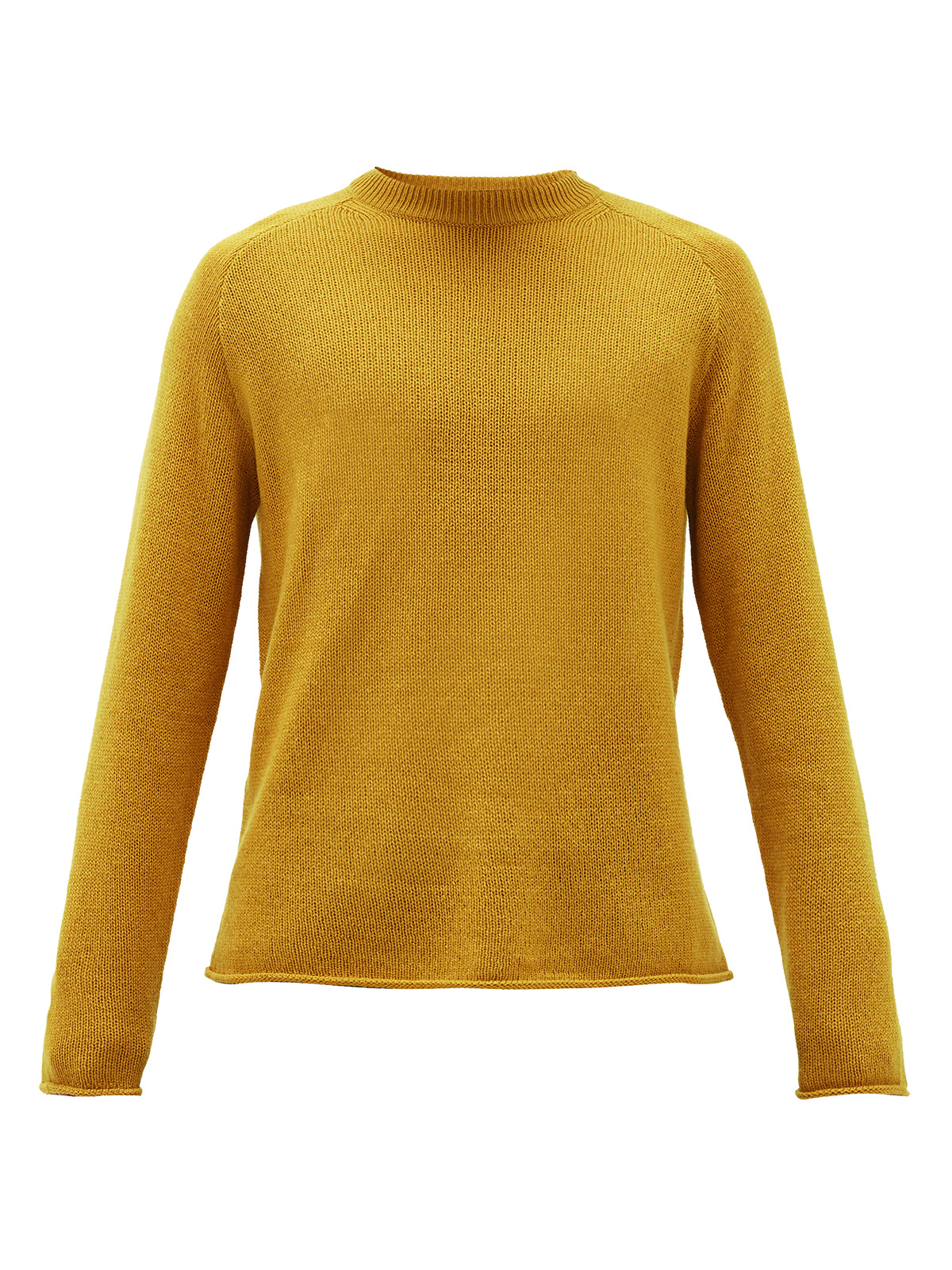
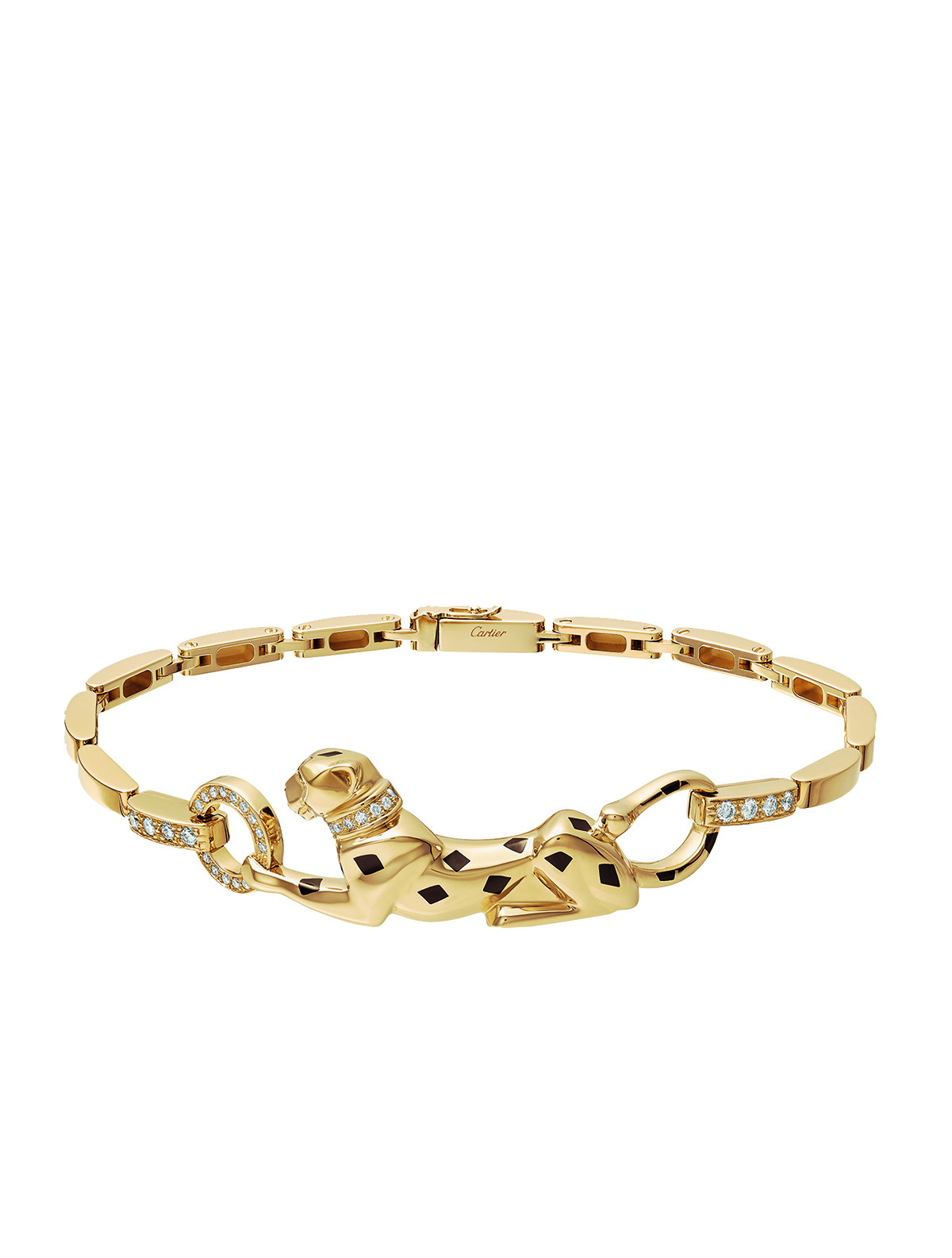
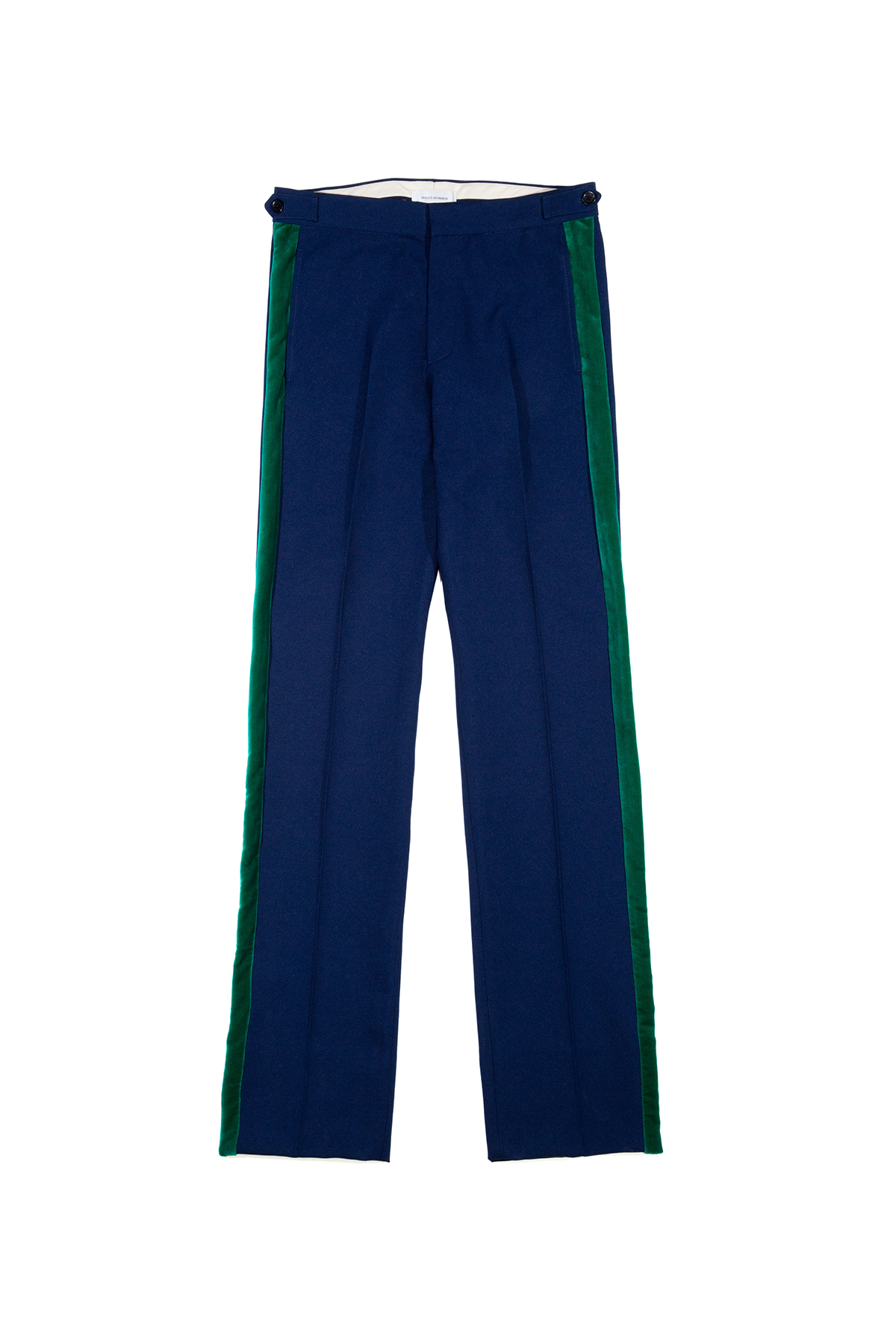

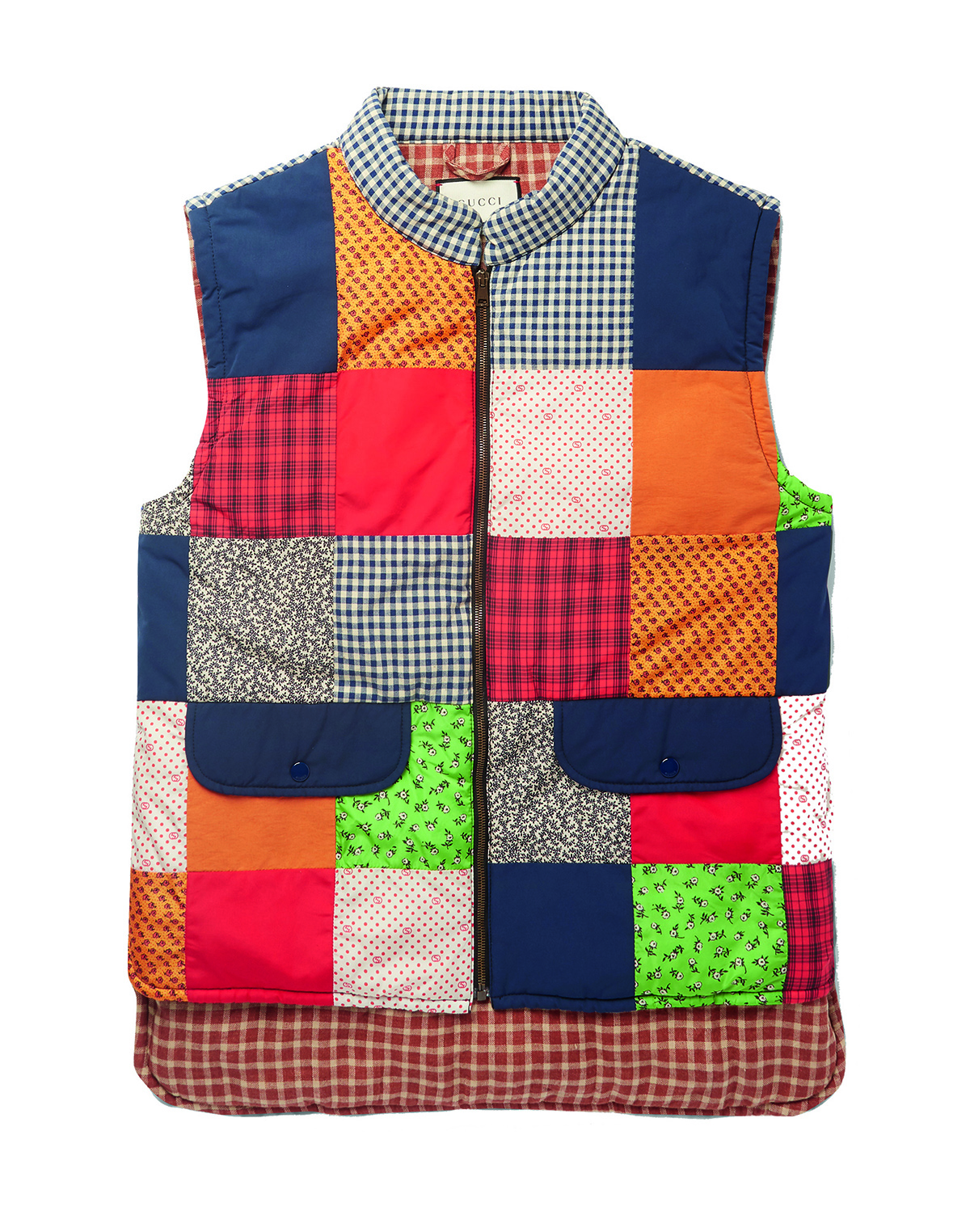
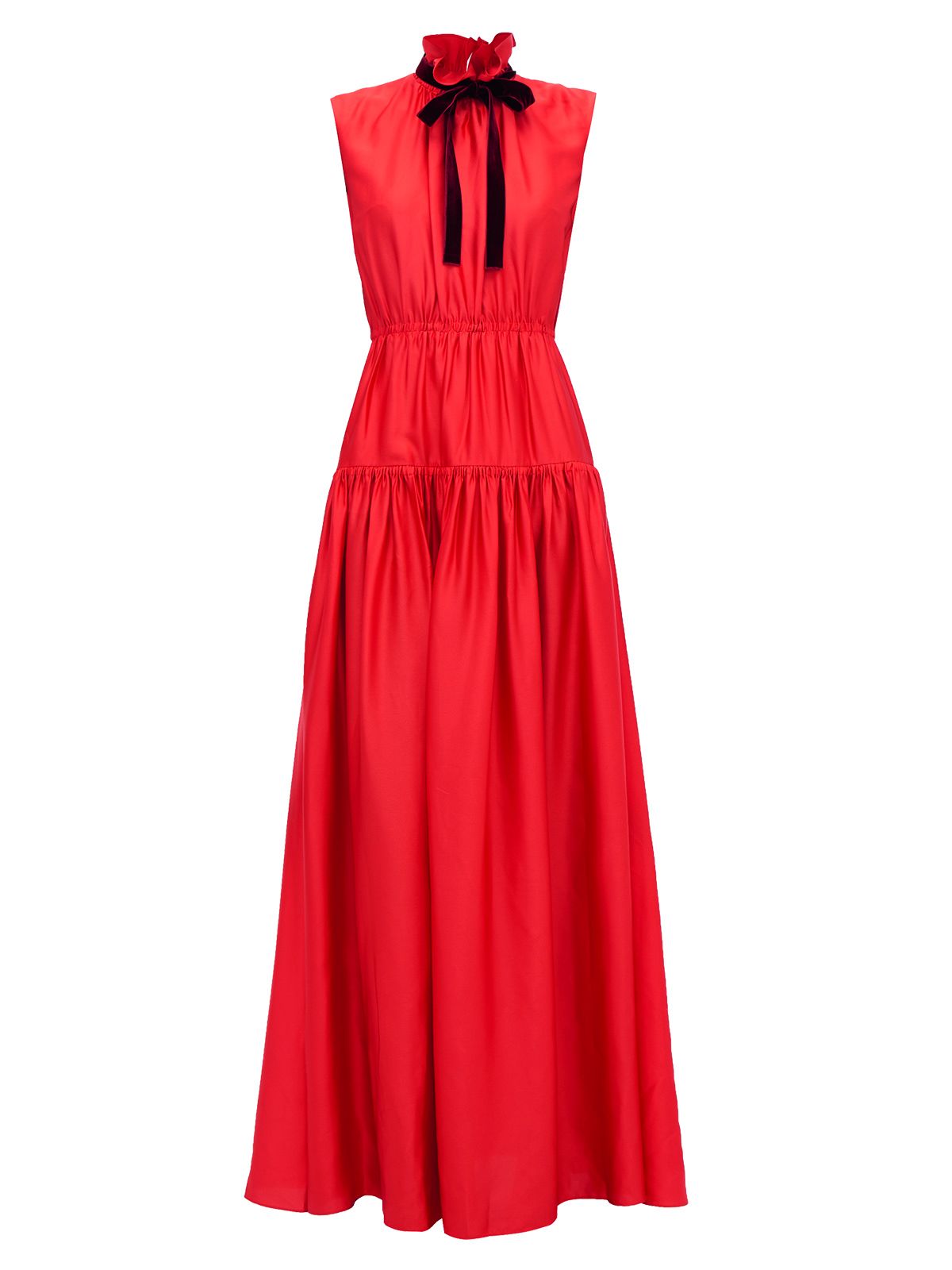
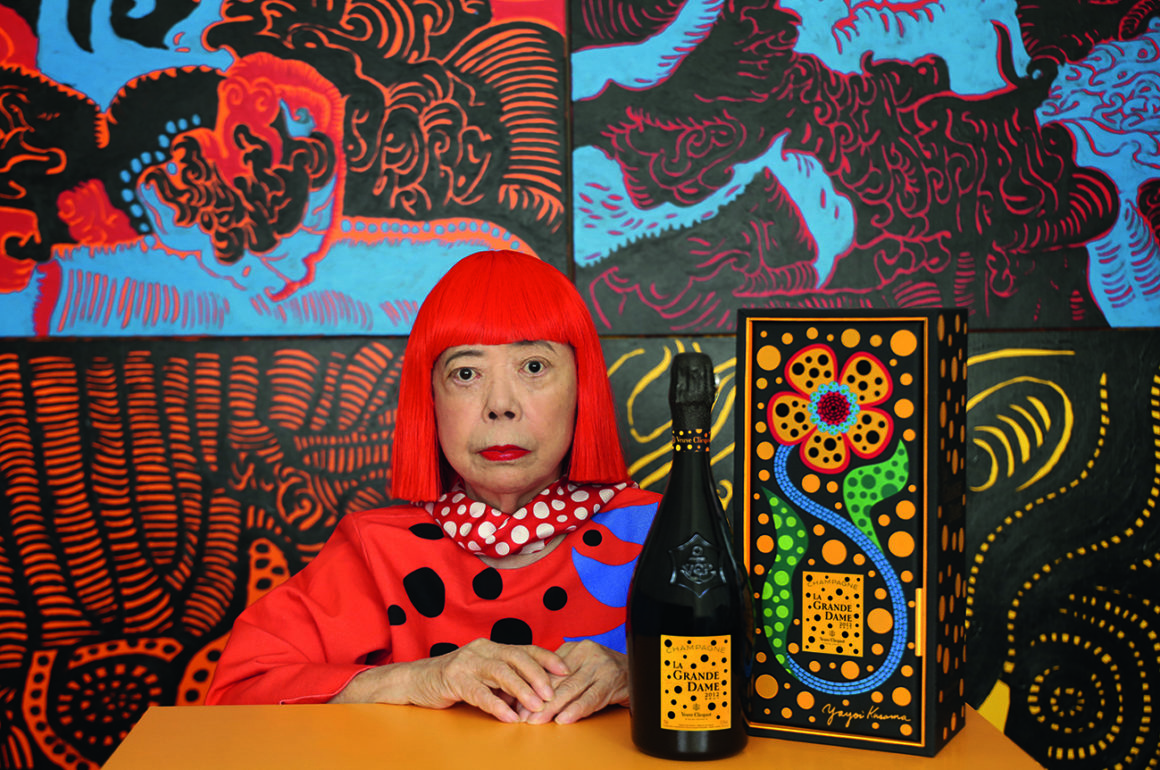
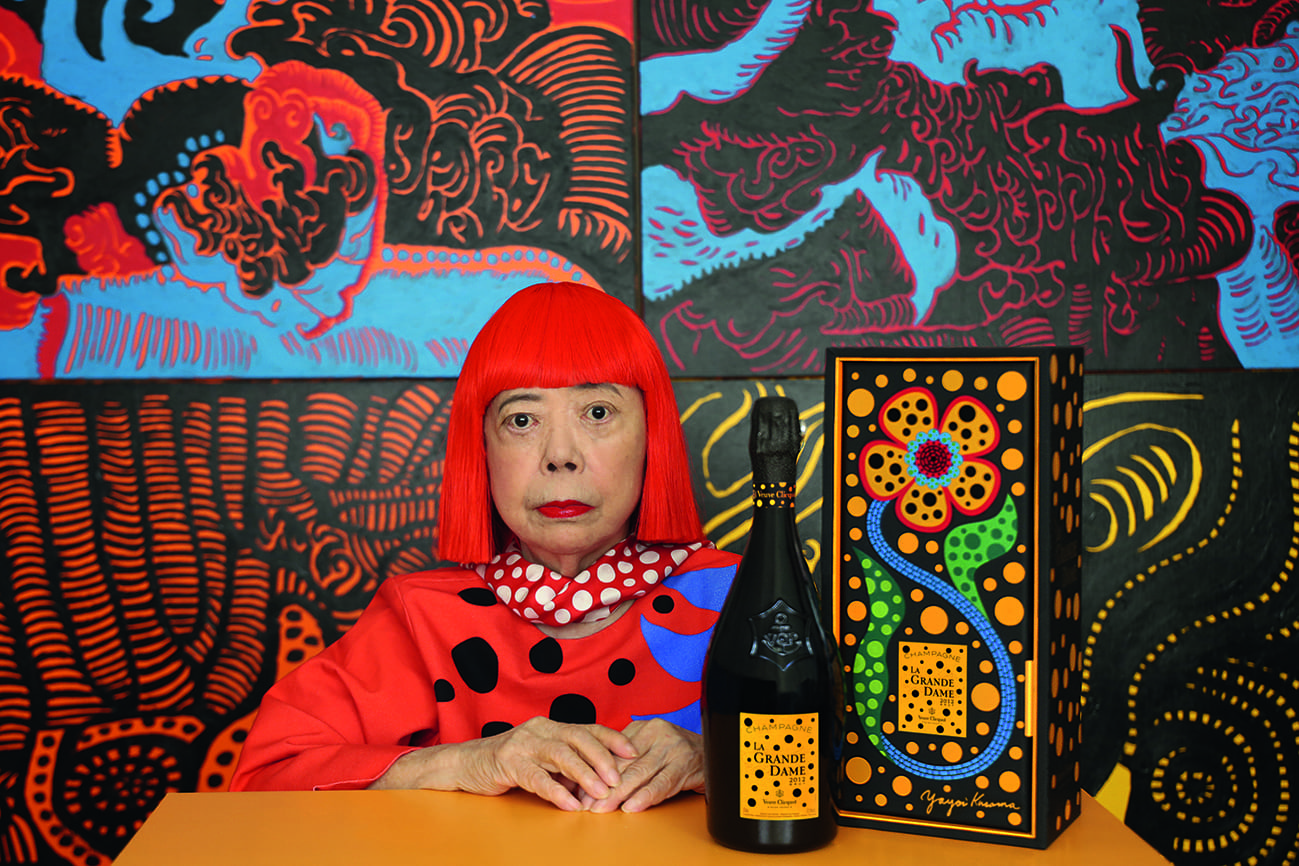

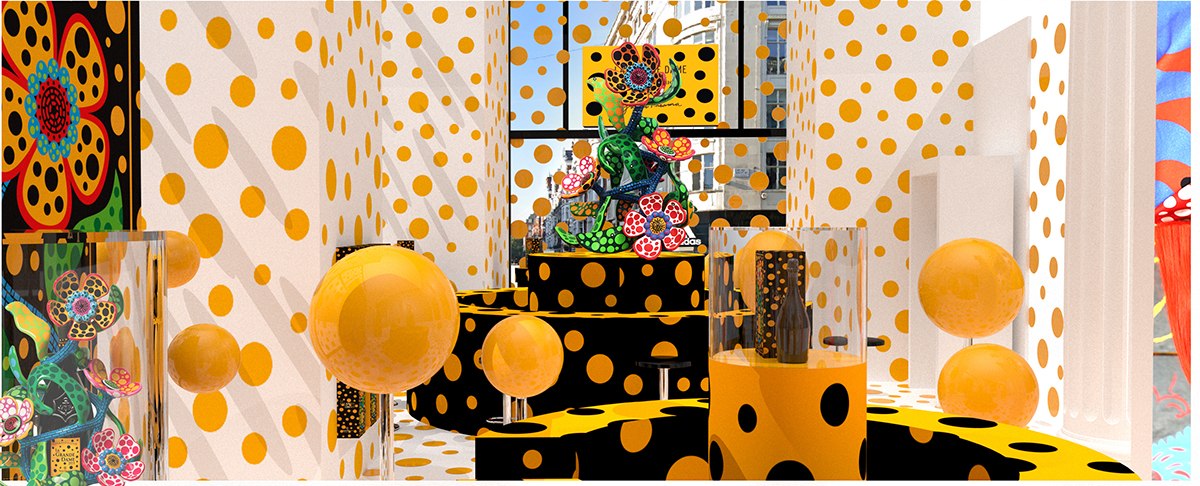










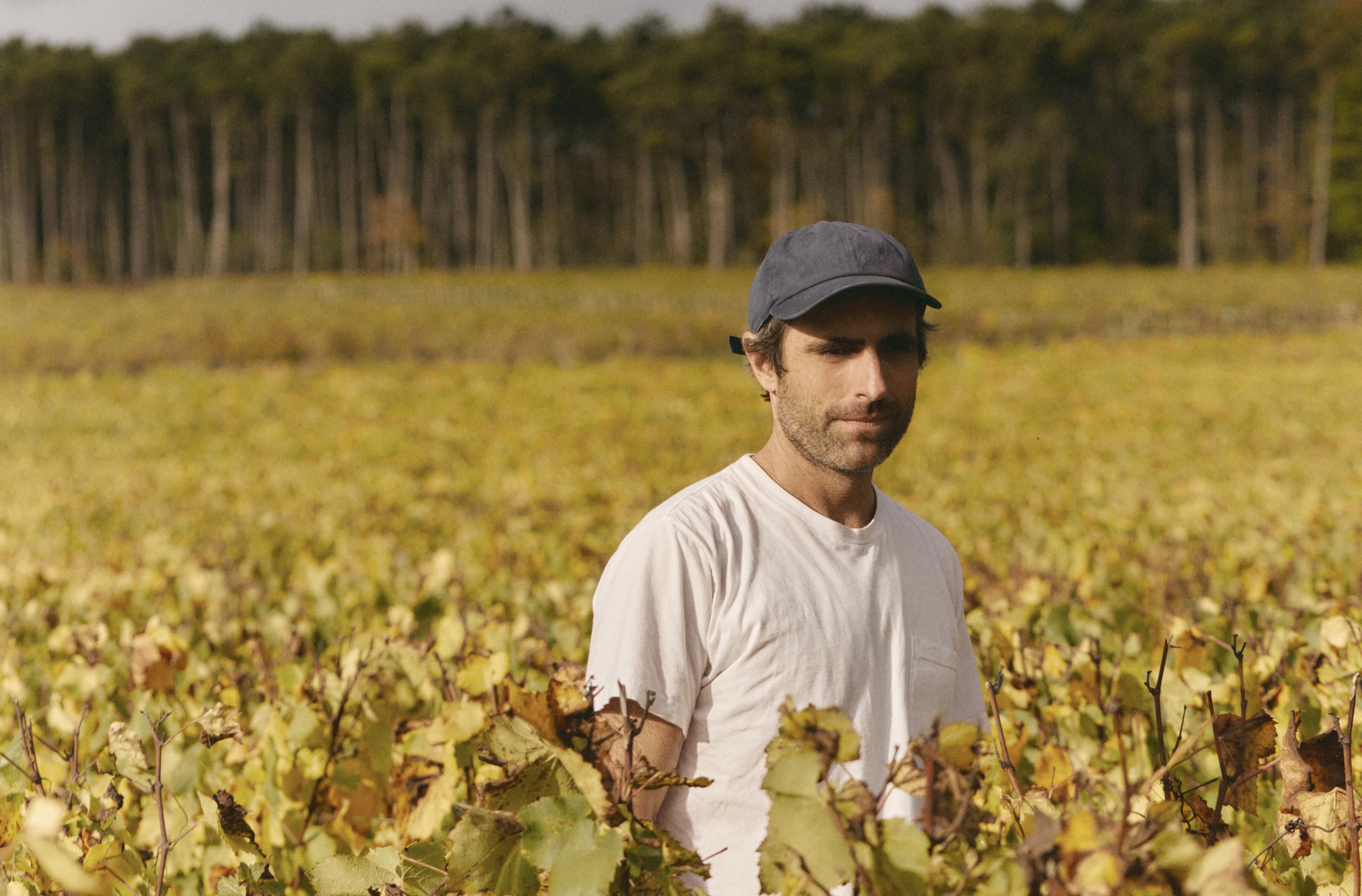
Recent Comments